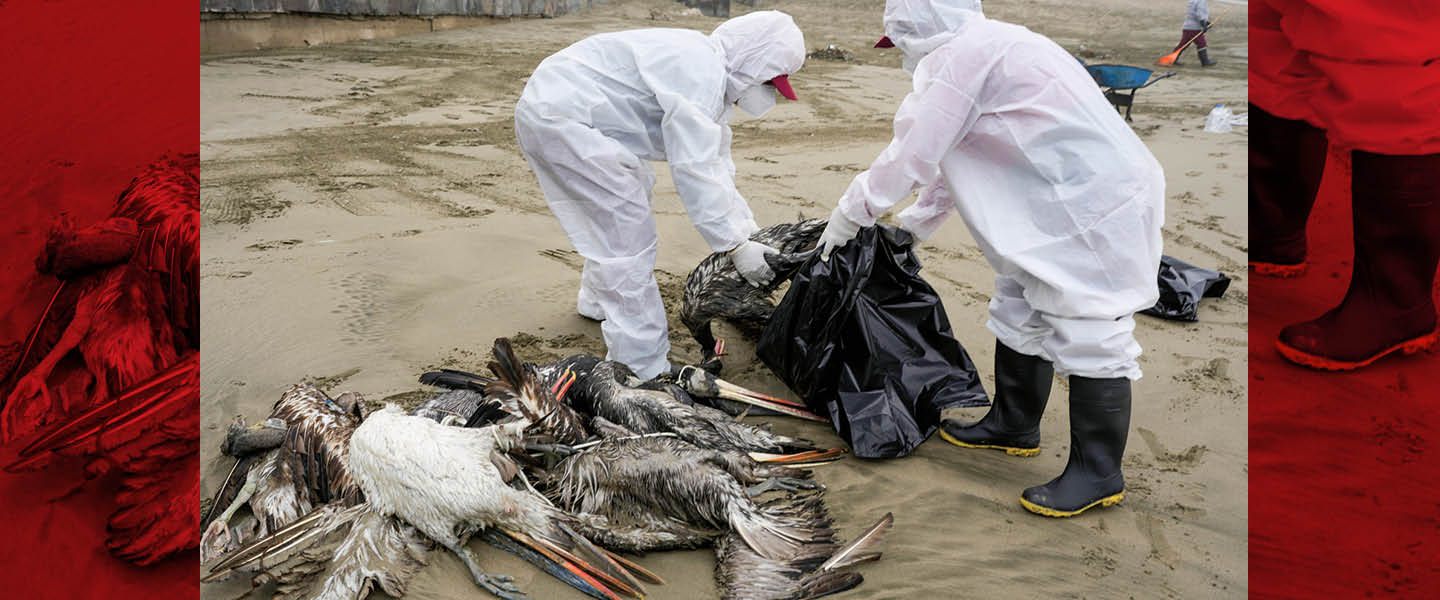Three decades of working with elephant seals couldn’t prepare Marcela Uhart for the scene that greeted her on the beaches of Argentina’s Valdés Peninsula last October.
It was “just carcass upon carcass upon carcass,” recalls Uhart, a veterinarian at the University of California, Davis. It was, she says, “an image from hell.”
Uhart and a colleague documented the devastation, and what they found was shocking: H5N1, one of the many viruses that cause bird flu, had killed an estimated 17,400 seal pups, more than 95 percent of the colony’s young animals.
The catastrophe was another brutal development in a bird flu epidemic that has killed millions of birds and other animals around the world since 2020. In the United States alone, authorities have destroyed more than 95 million birds in a futile attempt to slow the virus. The outbreak has spread to American dairy cows, affecting more than 200 herds in 14 states since March.
Marcela Uhart has worked with elephant seals for thirty years. But that didn’t prepare her for what she saw on the beaches of the Valdés Peninsula in Argentina last October.
It was “just carcass upon carcass upon carcass,” recalls Uhart, a veterinarian at the University of California, Davis. It was, she says, “an image from hell.”
Uhart and a colleague recorded the scene. What they found was shocking. An estimated 17,400 seal pups were killed by H5N1. It is one of the many viruses that cause bird flu. More than 95 percent of the colony’s young animals had died.
This was another horrible development in the ongoing bird flu epidemic. Millions of birds and other animals around the world have died since 2020. In the United States alone, authorities have destroyed more than 95 million birds to try to slow the virus. The outbreak has spread to American dairy cows. More than 200 herds in 14 states have been infected since March.

